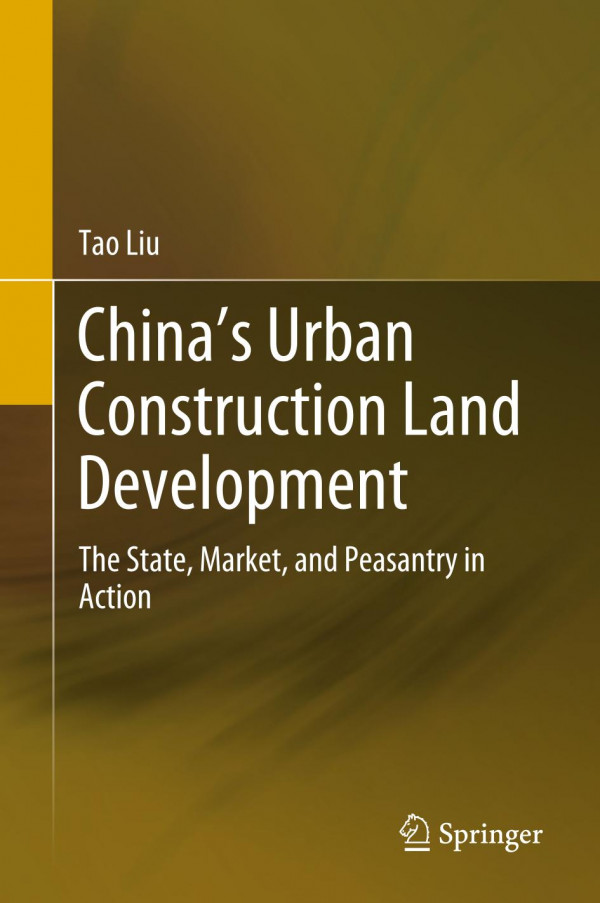

Most ebook files are in PDF format, so you can easily read them using various software such as Foxit Reader or directly on the Google Chrome browser.
Some ebook files are released by publishers in other formats such as .awz, .mobi, .epub, .fb2, etc. You may need to install specific software to read these formats on mobile/PC, such as Calibre.
Please read the tutorial at this link: https://ebookbell.com/faq
We offer FREE conversion to the popular formats you request; however, this may take some time. Therefore, right after payment, please email us, and we will try to provide the service as quickly as possible.
For some exceptional file formats or broken links (if any), please refrain from opening any disputes. Instead, email us first, and we will try to assist within a maximum of 6 hours.
EbookBell Team

5.0
110 reviewsThis book examines the nature and internal dynamics of China’s urban construction land (UCL) development, drawing insights from the recently developed theory of regional political ecology. Based on the author’s original research, it identifies two different types of UCL development in China, namely top-down, formal development in the legal and regulated domain, and spontaneous and informal, bottom-up development in the semi-legal, poorly regulated gray domain. Presenting a systematic analysis and comparison, it reveals a scale and speed of informal land development no less significant than that of formal land development, although informal land development tends to be scattered, pervasive, difficult to track, and largely overlooked in research and policy formation. Contrary to the popular perception of the peasantry as passive victims of land development, this book uncovers an intriguing dynamic in which the peasantry has played an increasingly (pro)active role in developing their rural land for urban uses in informal markets. Further, based on an investigation of UCL development in Beijing and Shenzhen, it shows an interesting trajectory in which the uneven growth and utilization of UCL are contingent upon the various developmental milieus in different places. China’s land institutions, based on an urban–rural dual land system, are not conducive to the ultimate goal of saving and efficiently utilizing land. Accordingly, an urban–rural integrated land market and management system is highly advisable. The theoretical and empirical enquiry presented challenges the perceived notion of China’s UCL development as the outcome of market demand and state supply. Further, it argues for an inclusive treatment of the informality that has characterized urbanization in many developing countries, and for a reassessment of the role played by the peasantry in land-based urbanization.